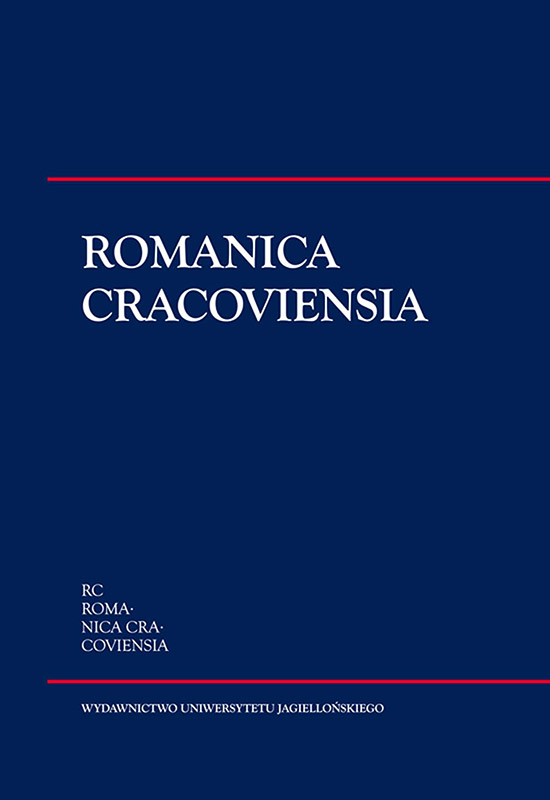La « création ivre » de Pieter de Delft : légende d’unplateelschilder
The “drunken creation” of Pieter de Delft: legend of an plateelschilder
Author(s): Agnieszka KocikSubject(s): Visual Arts, Aesthetics, Other Language Literature, 19th Century
Published by: Wydawnictwo Uniwersytetu Jagiellońskiego
Keywords: Eugène Demolder; Delft faience; Schiedam’s jenever; “imaginal vision”; painter-alchemist.;
Summary/Abstract: In the XIXth century, a legendary aura surrounded the mastership of Dutch artisans. In 1878 Henry Havard published his history of Delft faience, Histoire de la faïence de Delft, considered to be first rigorous elaboration on this matter. Havard carefully studies an ambiguous beginning of the ceramic industry in city of Delft. He attributes the establishing initiative to Herman Pietersz, who was a local plateelbacker, that is an earthenware manufacturer. Almost twenty years later Eugène Demolder published his Quatuor (1897), a set of four fictional tales. In one of them, titled La Fortune de Pieter de Delft, Demolder makes a fictional hero – Pieter de Delft – the founding father of Delft pottery. The hero is plateelschilder, a painter of pottery, who one Sunday, inspired by snow, “in the bliss of mind and aroma of savoury victuals,” full of Schiedam’s jenever creates the fancy artwork. After introduction, the paper suggests reviewing the tale La Fortune de Pieter de Delft using the alchemical key in order to describe the type of perception that the hero is equipped with: “imaginal vision” (regard imaginal, Paolo Mottana).
Journal: Romanica Cracoviensia
- Issue Year: 16/2016
- Issue No: 1
- Page Range: 33-39
- Page Count: 7
- Language: French

